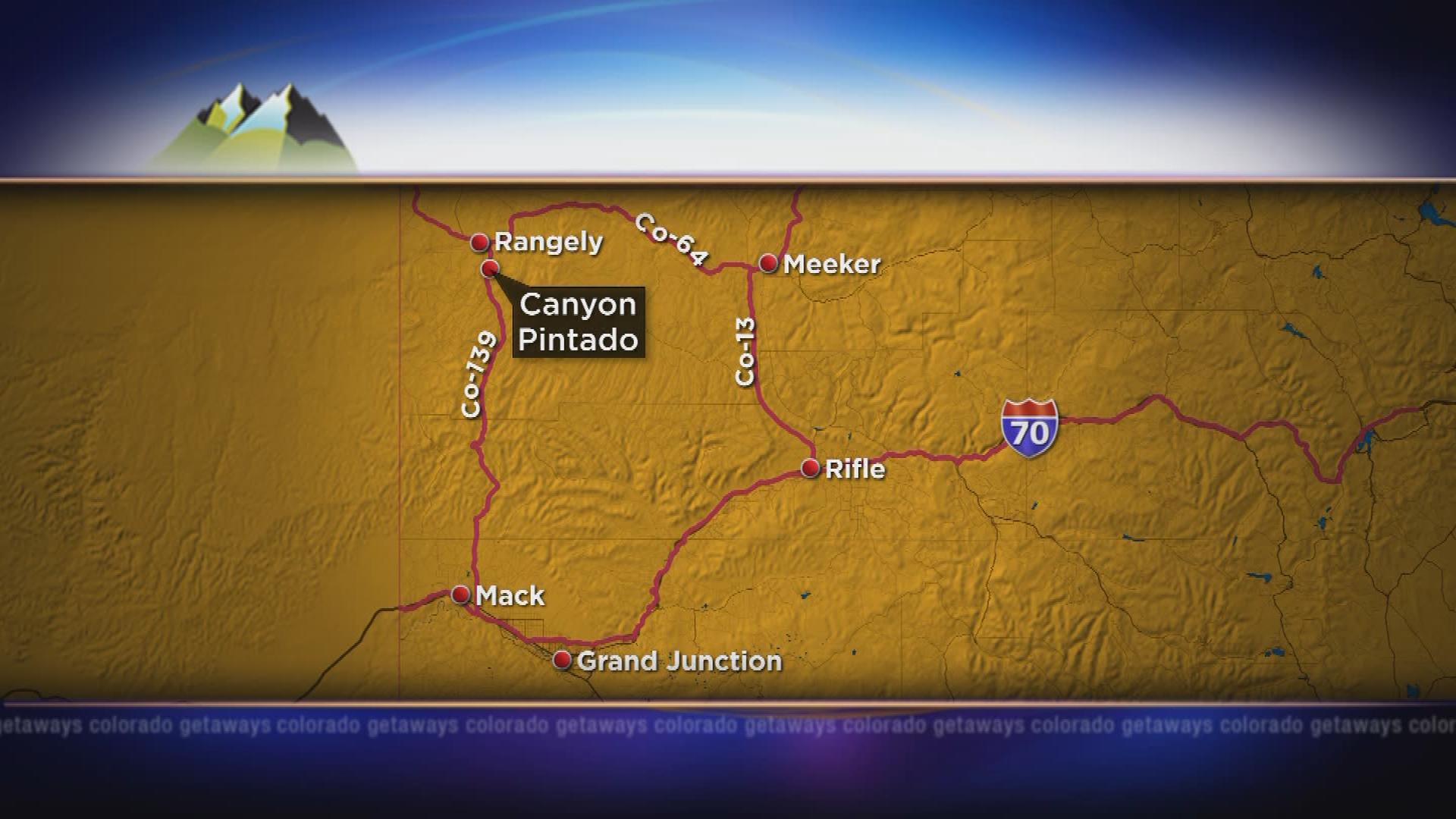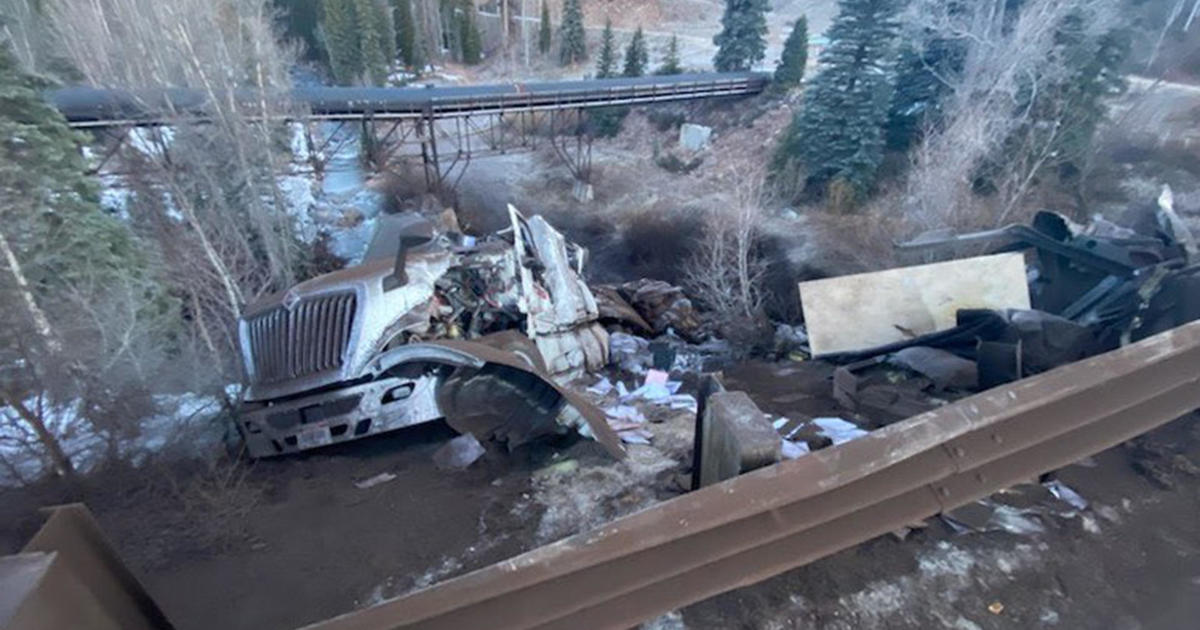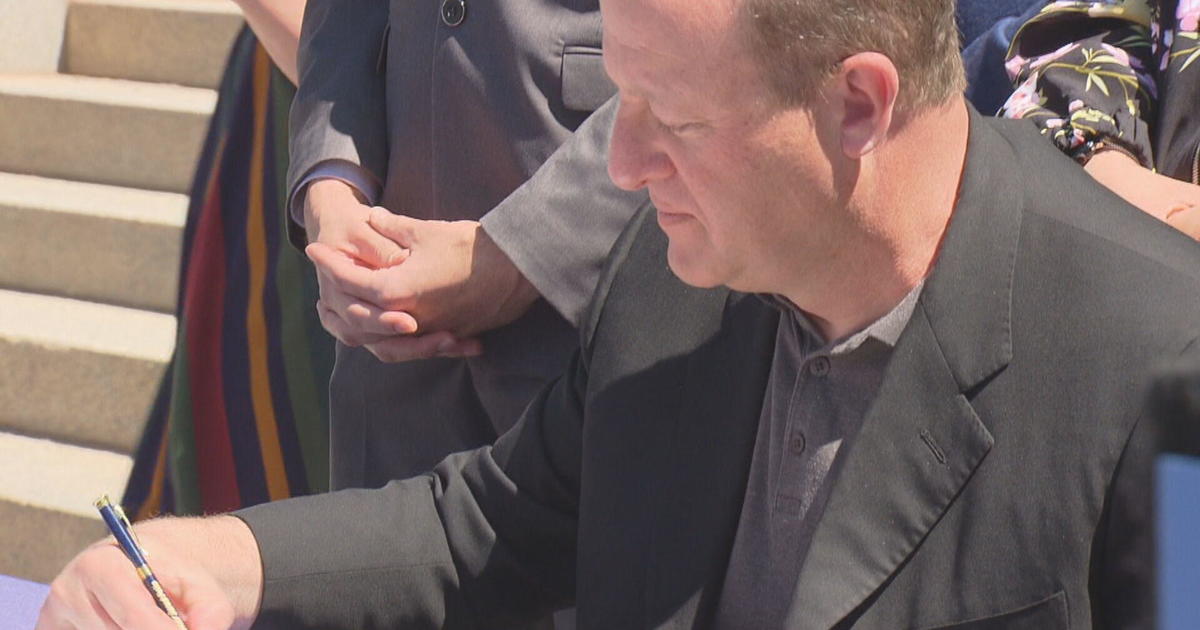A Different Kind Of Ancient Artwork Found In Canyon Pintado
RANGELY, Colo. (CBS4) - While the ancestors of modern Pueblo Indian people were living in the Mesa Verde region, another Indian culture was thriving in what is today northwest Colorado and eastern Utah.
Evidence of the lives of the Fremont culture can be seen not in dramatic cliff-side dwellings, but in artwork they left behind on rock walls in Canyon Pintado near Rangely.
The Spanish explorers Dominguez and Escalante passed the area Sept. 9, 1776. They wrote down what they saw -- the art on the rocks.
"Two men in combat, blade of a lance and three shields painted on the rocks; and so they called it Canyon Pintado or 'painted canyon,'" Bureau of Land Management archaeologist Kristen Bowen said.
Bowen explains that Canyon Pintado National Historic District today follows a 17-mile stretch of State highway 139 south of Rangely in northwest Colorado. At seven locations along the road, travelers can get out of their car and interpret the artwork for themselves.
The people of the Fremont culture created the images on the rocks. They are distinct from those who are called the "Anasazi," or ancestors of modern Pueblo tribes. Their style of art was different, and so was their pottery and weaving.
"With the Fremont you start finding people settling down because you're finding corn agriculture," Bowen said. "So if people are sitting still in one place to be growing corn, they're not moving around continuously hunting and gathering, so we also start finding habitation sites."
The Fremont people left the area by the year 1300 -- the same time the ancestral Puebloans were leaving their homes in the Mesa Verde region farther south.
In a place known as Cow Canyon, some images were clearly drawn much later, like a pistol, most likely drawn by Ute Indians, who came there after the Fremont.
"The easiest way of dating the Ute sites is if you see a horse on the rock art or a pistol, then you assume that it's Ute."
Much of the wildlife today was known to the ancient artists.
"There are a lot of what appear to be deer and bighorn sheep, which had to abundant in the area in the Fremont time period as a source of food."
In another location in Canyon Pintado, the East Four-Mile Draw, a loop trail carries seekers of history farther back from the highway.
"Here you see a panel mainly consisting of corn -- corn stalks, which would then be Fremont. We have a lot of evidence of their growing corn in this area.
"And half the time I come I'll see something different; a lot of it's probably due to the lighting or what you're really paying attention to. But it makes it so interesting that every time you go out you see something that you hadn't quite noticed before."
But one panel of rock art is difficult to miss.
"This is what's called the Sundagger site (as seen in the image in the video clip above), and it's supposed to be a summer solstice marker which would tell the Fremont when to plant their crops."
As the sun rises on the summer solstice, it is said, a shadow is cast by the rock ledge through the heart of the spirals. The solar calendar would have been essential to the agricultural life of the Fremont people.
Interpretive signs explain the history of the Fremont people who created the rock art so long ago. Stop in the town of Rangely to get a map of the area or contact the White River Field Office of the BLM in Meeker for information. Call them at (970) 878-3800 or log on to blm.gov/co and search for Canyon Pintado.




